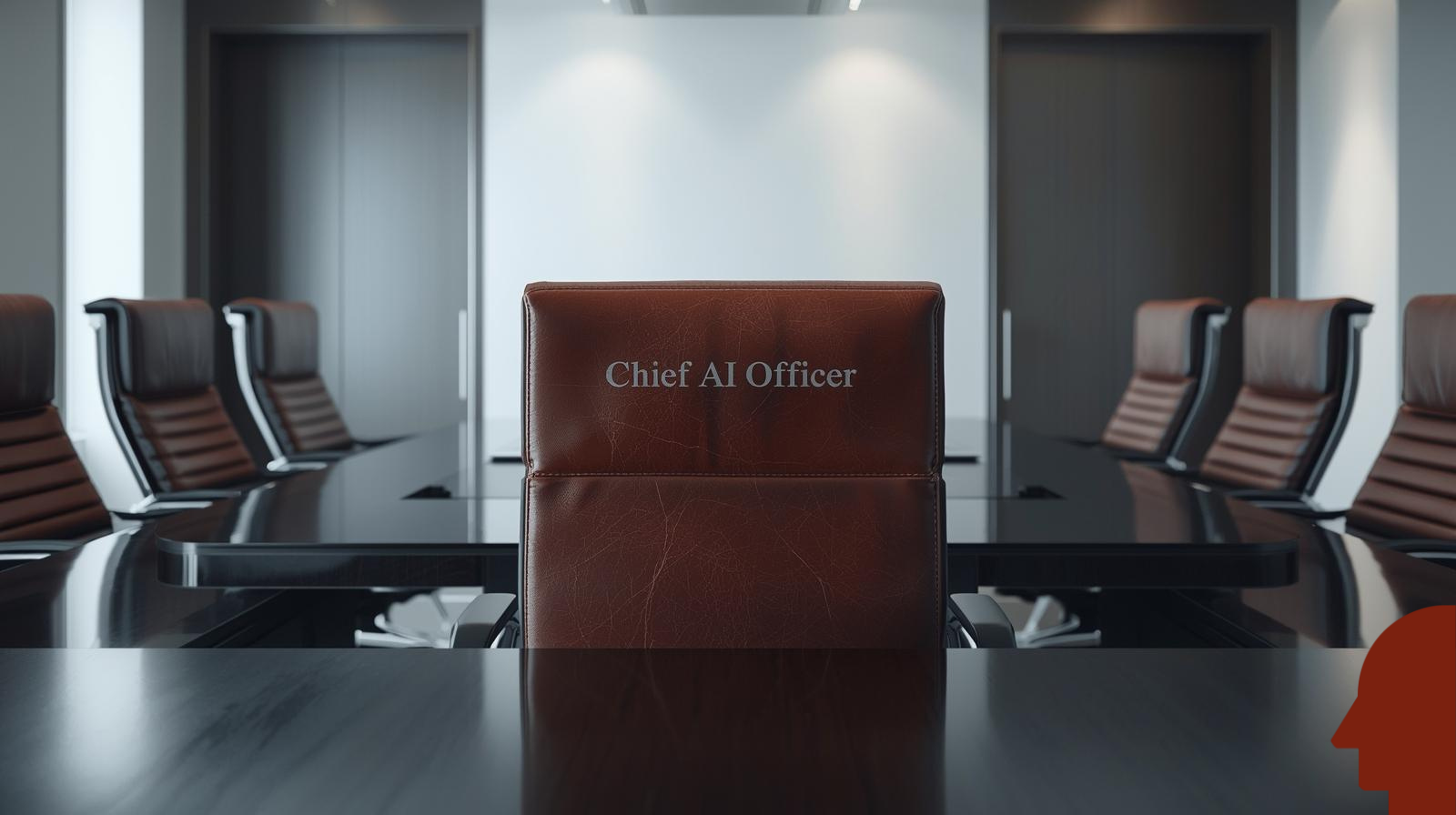The question is no longer if organizations will need a Chief AI Officer (CAIO) – but when.
In boardrooms worldwide, executives are realizing that the window to secure a competitive edge through AI leadership is closing fast. The CAIO role has rapidly evolved from a futuristic title to a strategic necessity.
When Does Hiring a CAIO Become Critical?
Organizations often ask: When is the right moment to appoint a CAIO?
The sweet spot emerges when AI is no longer just experimental but already embedded in multiple areas of the business.
Key signs you’ve reached that stage:
- You already have 6–8 people working on AI projects in different functions.
- Your AI initiatives feel more like disconnected experiments than a clear business strategy.
- There’s a gap between technical innovation and measurable customer or employee value.
Waiting too long risks falling behind competitors who are embedding AI into their core business models. Hiring too early, however, risks placing an expensive leader in a role without real impact.
What Does a CAIO Actually Do?
A Chief AI Officer is not another tech guru – but a strategic leader who ensures AI becomes a growth engine rather than a shiny distraction. Their responsibilities span four key dimensions:
- Vision and Market Intelligence
Scanning the horizon for new tools, balancing vendor relationships, and aligning AI innovation with long-term business goals. - Talent Strategy and Team Building
Designing the right mix of AI roles – from model auditors to AI ethicists – and knowing which functions to hire in-house versus outsource. - Ethics, Regulation, and Trust
Overseeing data governance, bias mitigation, compliance with frameworks like GDPR or the EU AI Act, and maintaining user trust. - Business Value Integration
Keeping AI initiatives focused on solving real customer and workforce problems, not just pursuing technology for its own sake.
The First 90 Days: What Success Looks Like
A newly appointed CAIO should hit the ground running:
- Month 1 – Understand the company’s business priorities, KPIs, and leadership expectations.
- Month 2 – Map existing AI resources, budgets, and skill sets.
- Month 3 – Identify gaps and present a roadmap to the executive team.
This structured approach prevents the role from becoming another “innovation theater” experiment.
Why This Matters for HR and Talent Leaders in Israel
For HR and executive search leaders in Israel, the CAIO conversation is arriving quickly. Global companies are already making these appointments, and the local market will follow.
Key questions for Israeli organizations:
- Do you have enough AI activity to justify a dedicated leader?
- Are your current initiatives lacking clear business alignment?
- Is your data infrastructure mature enough to support scaled AI?
- Can you compete for scarce AI leadership talent?
The decision is not just about technology – it’s about organizational readiness, talent strategy, and long-term competitiveness.
Looking Ahead: From AI to Agentic AI
We are moving from traditional AI tools to Agentic AI – proactive systems that can handle tasks, assist in employee retention, and even support personal development.
Without strong AI leadership, organizations risk being overwhelmed by complexity instead of driving value. With the right CAIO, AI becomes a trusted partner in growth and transformation.
Final Takeaway
Hiring a Chief AI Officer is no longer a futuristic idea – it is becoming a core part of executive leadership. For companies in Israel and globally, the right timing is critical: not too early, not too late.
At CyWayz Recruitment, we help organizations identify their CAIO “sweet spot” and connect them with the leaders who can drive AI adoption responsibly, ethically, and effectively.
👉 Looking to attract top AI leadership talent? Let’s talk.


